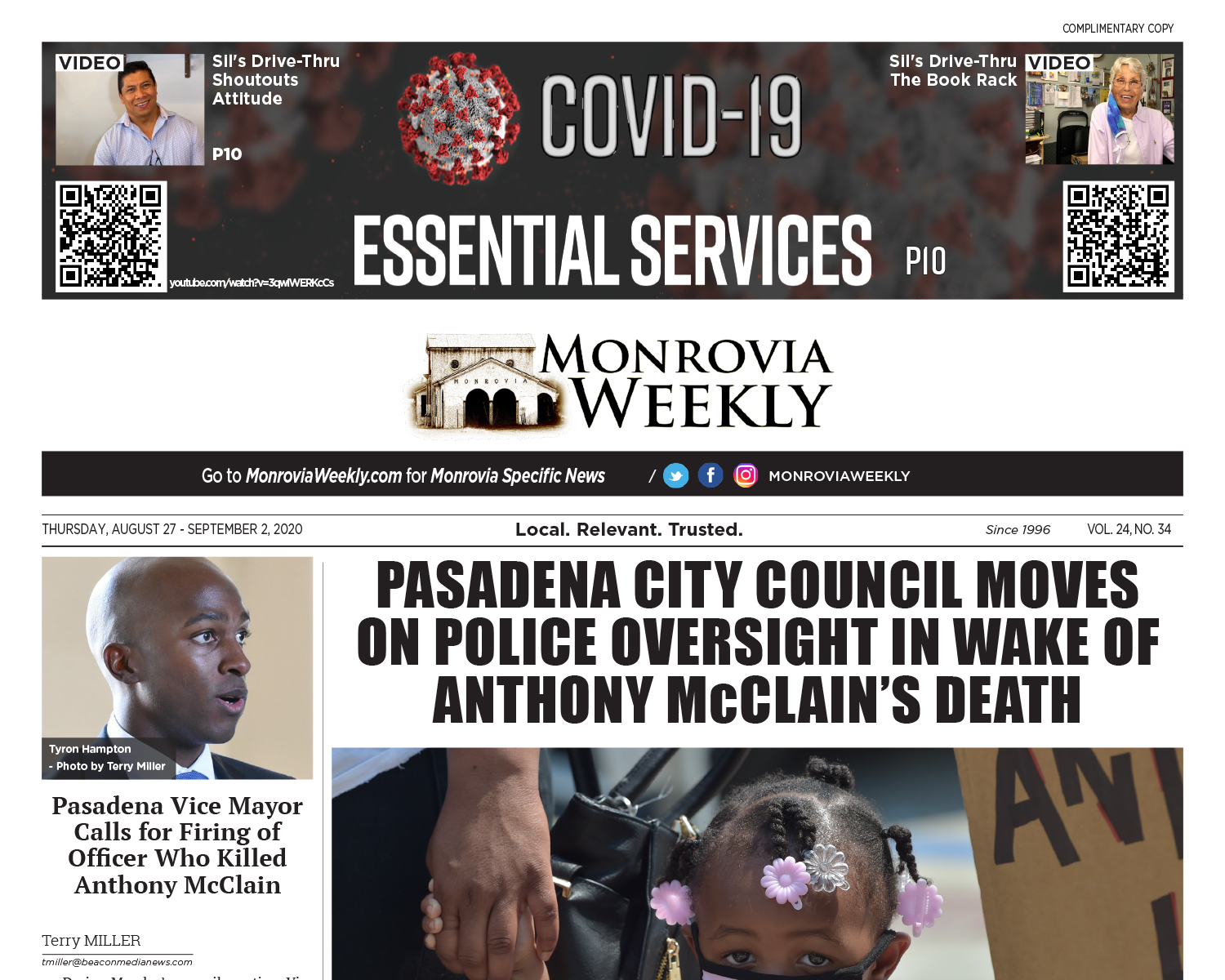
Groups of children and youth in controlled, supervised and indoor environments operated by local educational agencies, nonprofits, some private and public schools, day care settings and “distance learning hubs” were given health guidance by the California Department of Public Health (CDPH) on Tuesday.
A cohort is defined as a stable group of no more than 14 children or youth and no more than two supervising adults in a supervised environment in which supervising adults and children stay together for all activities, and avoid contact with people outside of their group in the setting.
Guidance and directives related to schools, childcare, day camps, youth sports, and institutions of higher education are not superseded by this guidance and still apply to those specified settings.
Considerations for cohorts
Utilizing cohorts minimizes the number of people exposed if a COVID-19 case is identified in a child or youth attendee, provider, other instructional support provider, or staff member of a cohort.
Children or youth, attendees, and adults in supervised care environments during the pandemic must be in groups as small as possible to decreases transmission of the virus and facilitate contact tracing. Smaller groups also allow for targeted testing, quarantine, and isolation of a single cohort instead of an entire population in a setting or institution in the event of a positive case or cluster of cases.
While present at the supervised care environment, children or youth and supervising adults in one cohort must not physically interact with children or youth and supervising adults in other cohorts, other child facility staff, or parents of children or youth in other cohorts.
Cohort size
- Cohorts must be limited to no more than 14 children and youth.
- Cohorts must be limited to no more than two supervising adults.
- Requirements for adult to child ratios continue to apply for licensed childcare programs.
- Cohorts can be divided, as needed, into subgroups of children and youth from the same cohort, as long as the 14-to-2 ratio is not exceeded.
- The maximum cohort size applies to all children and youth in the cohort, even when all children are not participating at the same time. For example:
- A cohort may not include six children or youth who attend full‐time, six children on Monday/Wednesday/Friday, and six children on Tuesday/Thursday (total of 18).
- A cohort may not include eight children or youth who attend for the entire day, four who attend mornings only, and four who attend afternoons only (total of 16).
Cohort mixing
- Prevent interactions between cohorts, including interactions between staff assigned to different cohorts.
- Assign children and youth who live together or carpool together to the same cohort, if possible.
- Avoid moving children and youth from one cohort to another, unless needed for a child’s overall safety and wellness.
- Cohorts must be kept separate from one another for special activities such as art, music, and exercise. Stagger playground time and other activities so that no two cohorts are in the same place at the same time.
- One-to-one specialized services can be provided to a child or youth by a support service provider that is not part of the child or youth’s cohort.
- Specialized service includes but not limited to occupational therapy services, speech and language services, and other medical, behavioral services, or educational support services as part of a targeted intervention strategy.
- Services must be provided consistent with the industry guidance for Limited Services.
Considerations for staff
Supervising adults should be assigned to one cohort and must work solely with that cohort. Institutions should avoid changing staff assignments. Substitute providers who are covering for short‐term staff absences are allowed but must only work with one cohort of children per day.
Meetings among the staff from different cohorts must be conducted remotely, outdoors, or in a large room in which all providers wear cloth face coverings and maintain at least 6 feet distance from other providers. Outdoor meetings and meetings in large rooms with the windows open are preferred over meetings in small rooms with windows closed.
Precautions and Considerations
Physical distancing, in combination with the use of face coverings, decreases the risk of COVID‐19 from respiratory droplets. Physical distancing between adults must be maintained as much as possible, and adults and students must use face coverings at all times, pursuant to the CDPH Schools Guidance regarding face coverings. Physical distancing between young children in the same cohort should be balanced with developmental and socio‐emotional needs of this age group. Supervised care settings should follow applicable industry guidance on appropriate use of face coverings by children and youth.
See the CDPH Guidance on Schools and School Based Programs and on Child Care for additional considerations regarding, face masks, meals, cleaning, drop-off and pick-up and health screening.






